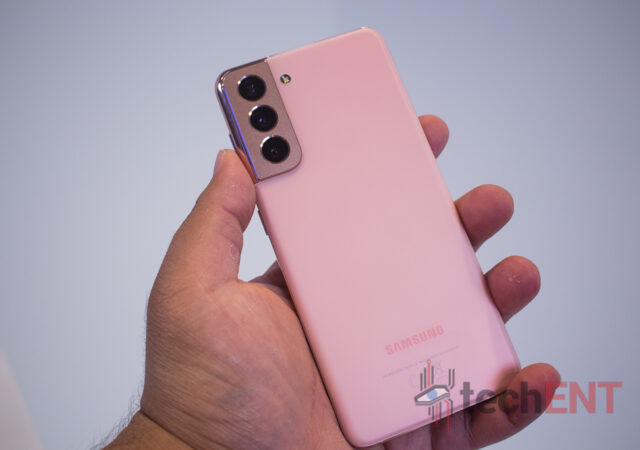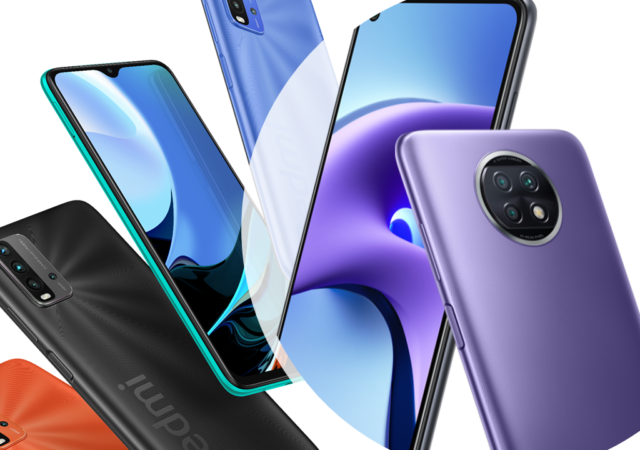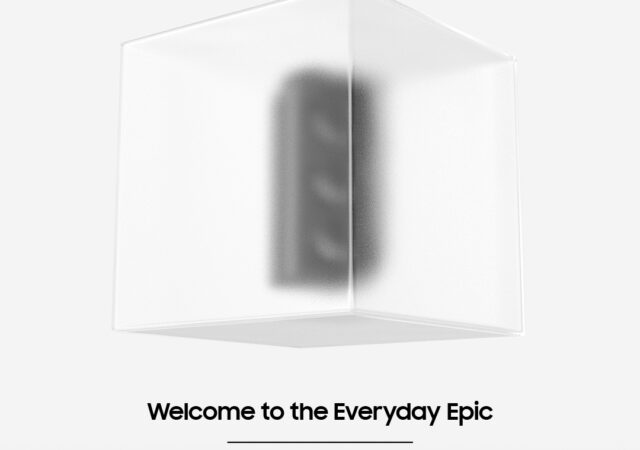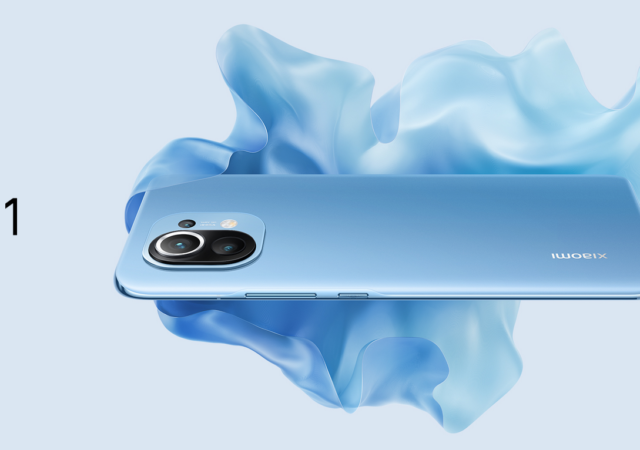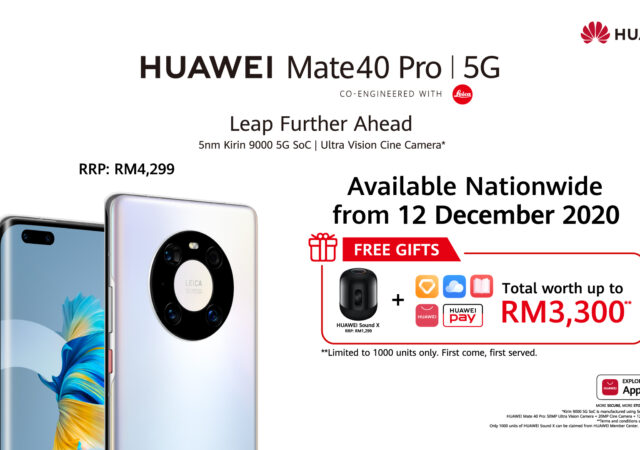Samsung announced their new flagship Galaxy S21! We go hands on with the Phantom Pink version of the new flagship!
Samsung Unpacks the Galaxy S21 Series
Samsung’s flagships have always been something to look forward to. This year is no different. With the Samsung Galaxy S21 series, Samsung is looking to push the boundaries of their flagships while striking the right balance with their experiences. For…
Xiaomi Announces New Entry-Level Contenders: the Redmi 9T & Redmi Note 9T
Xiaomi announces two entries into their affordable Redmi line up: the MediaTek powered Redmi Note 9T and their affordable flagship, the Redmi 9T.
JOI Book SK3000 Launches with Qualcomm Snapdragon 850 Power for MYR 2,199
JOI launches their new JOI Book SK3000 packing Qualcomm’s Snapdragon 850 SoC powering Windows 10 Pro for MYR 2,199.
Ready to Meet the New Generation of Galaxy Devices? Samsung Unpacked is Happening January 14
Samsung has sent out invites for their upcoming Unpacked event. Here’s what you need to know.
Xiaomi Unveils New Mi 11 Flagship with Focus on User Experience
Xiaomi announces their latest flagship, the Mi 11 which packs Qualcomm’s Snapdragon 888 processor with 5G connectivity.
YES x Shopee DATABACK – Like Cashback, but for Data
YES and Shopee partners up to exclusively bring customers one of a kind rebate program for mobile data plans.
Tech & Tonic Episode 28 – One Last Time for 2020 and Our Top 10 Things To Buy for Christmas
In this episode of Tech & Tonic Podcast, we reveal out top 10 shopping list for Christmas. Of course, we discuss why as well.
Just Say YES, You Really Have to with YES’ Kasi Up Mobile Data Plans
YES introduces new 4G plans for prepaid and postpaid that is more affordable than ever. Kasi Up plans start from MYR 15/month.
HUAWEI Mate40 Pro Finally Arrives in Malaysia
HUAWEI’s Mate40 Pro goes on sale in Malaysia for MYR4,299 with up to MYR3,300 worth of freebies.



